11 Best Herbal Creams For Joint Stiffness
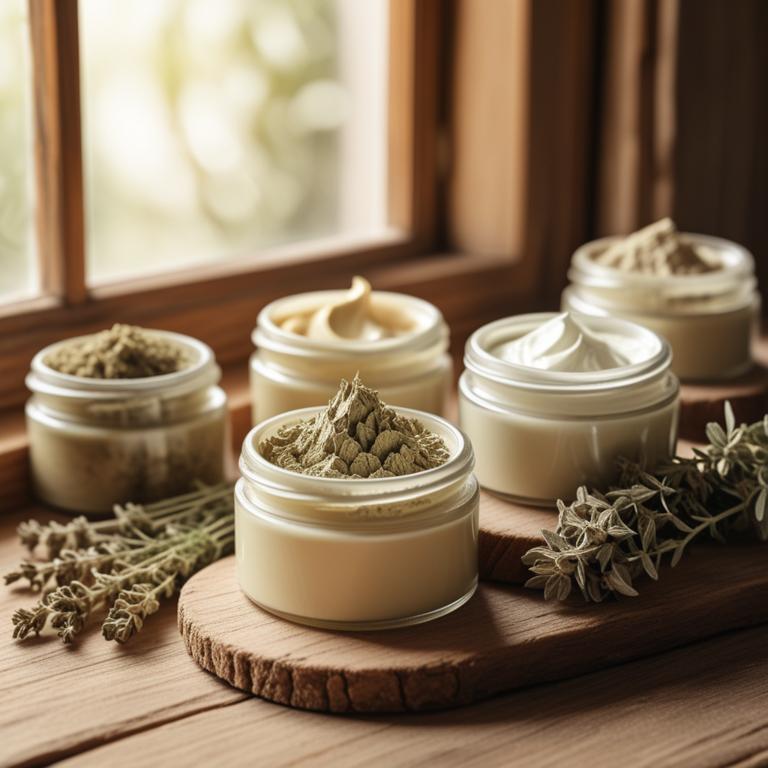
Herbal creams for joint stiffness are topical creams or ointments that are infused with herbs and other natural ingredients to alleviate joint pain and stiffness.
These creams have numerous benefits, including reducing inflammation, promoting relaxation, and improving joint mobility, making them an attractive alternative to traditional pain medications.
Examples of herbal creams that can be used to treat joint stiffness include arnica oil, which has anti-inflammatory properties, capsaicin cream, which contains the active ingredient in chili peppers that helps to reduce pain, and willow bark cream, which contains salicin, a natural pain reliever similar to aspirin.
Additionally, other herbal creams such as CBD oil, ginger cream, and turmeric cream can also be used to treat joint stiffness due to their anti-inflammatory and pain-relieving properties.
According to "Fortschritte der Medizin", creams for joint stiffness, such as Enelbin-Rheuma-ointment, have shown good results in reducing spontaneous pain, pain on pressure and motion, reduction of mobility, swelling, and muscular tension.
Below there's a list of the 11 best herbal creams for joint stiffness.
- 1. Aloe vera creams
- 2. Boswellia serrata creams
- 3. Arnica montana creams
- 4. Curcuma longa creams
- 5. Hypericum perforatum creams
- 6. Echinacea purpurea creams
- 7. Melaleuca alternifolia creams
- 8. Capsicum annuum creams
- 9. Glycyrrhiza glabra creams
- 10. Panax ginseng creams
- 11. Equisetum arvense creams
Also you may be interested in...
TODAY'S FREE BOUNDLE
Herb Drying Checklist + Herbal Tea Shopping List + Medicinal Herbs Flashcards
Enter you best email address below to receive this bundle (3 product valued $19.95) for FREE + exclusive access to The Aphotecary Letter.
$19.95 -> $0.00
1. Aloe vera creams

Aloe vera creams have been traditionally used to treat joint stiffness due to their anti-inflammatory and antioxidant properties, which help to reduce swelling and ease pain in the affected joints.
The bioactive constituents of aloe vera, including vitamins A, C, and E, as well as minerals like calcium and magnesium, play a crucial role in alleviating joint stiffness by promoting cartilage health and reducing inflammation.
The mucilaginous properties of aloe vera also help to soothe and calm the joints, providing relief from stiffness and discomfort.
By incorporating aloe vera creams into their treatment regimen, individuals can experience the benefits of reduced joint stiffness, improved mobility, and enhanced overall well-being.
Related Study
According to "Journal of the American Podiatric Medical Association", Aloe vera creams for joint stiffness may be effective in reducing inflammation and promoting growth and repair of the synovial membrane, as evidenced by a 48% decrease in mast cells and a 50% decrease in vascularity in a study using a synovial air pouch model.
2. Boswellia serrata creams
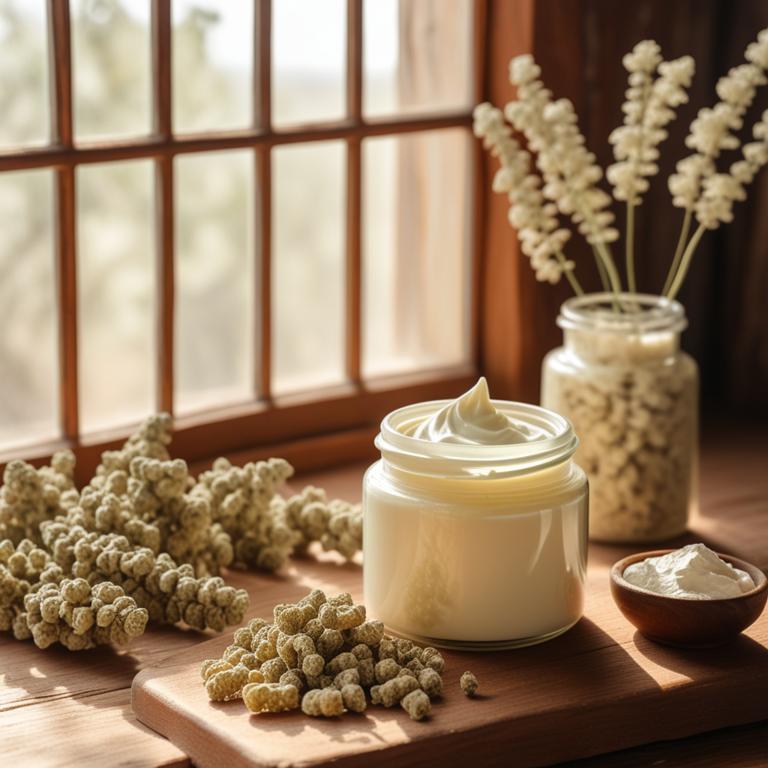
Boswellia serrata creams have been widely used to treat joint stiffness and inflammation, thanks to their anti-inflammatory and analgesic properties.
These creams work by reducing inflammation and relieving pain in the affected joints, thereby helping to alleviate stiffness and improve mobility.
The bioactive constituents of Boswellia serrata, including boswellic acids, acetyl-11-keto-β-boswellic acid (AKBA), and 3-acetyl-11-keto-β-boswellic acid, play a crucial role in reducing inflammation and pain.
Regular use of Boswellia serrata creams can provide long-term benefits, including reduced joint pain and stiffness, improved mobility, and enhanced overall quality of life.
Related Study
According to "National journal of maxillofacial surgery", Boswellia serrata creams for joint stiffness may be effective in reducing swelling, pain, and soreness, thus potentially leading to speedy recovery of function.
3. Arnica montana creams
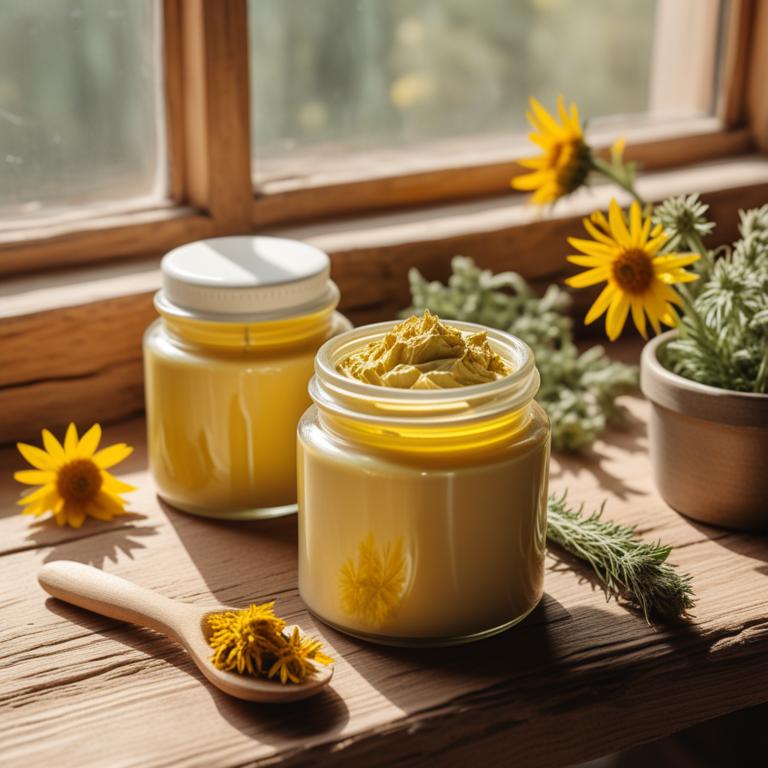
Arnica montana creams have been traditionally used to treat joint stiffness and inflammation, thanks to their anti-inflammatory and analgesic properties.
The bioactive constituents of Arnica montana, such as sesquiterpene lactones, flavonoids, and phenolic acids, work together to reduce inflammation and promote healing in the affected joints.
By applying Arnica montana creams topically, individuals can experience relief from joint stiffness and pain, as the bioactive compounds penetrate deep into the skin to target the root cause of the issue.
The benefits of using Arnica montana creams to treat joint stiffness include reduced pain and inflammation, improved mobility, and enhanced overall quality of life.
4. Curcuma longa creams

Curcuma longa creams have been widely used to treat joint stiffness ailments due to their anti-inflammatory and antioxidant properties.
The bioactive constituents present in these creams, such as curcumin, turmerone, and demethoxycurcumin, help to reduce inflammation and alleviate joint pain.
By inhibiting the production of pro-inflammatory enzymes and cytokines, these creams help to treat joint stiffness and promote joint health.
The benefits of using Curcuma longa creams to treat joint stiffness include reduced pain and inflammation, improved joint mobility, and enhanced overall quality of life.
Related Study
According to "Advanced biomedical research", Curcuma longa creams for joint stiffness may be beneficial due to curcumin's anti-inflammatory properties.
5. Hypericum perforatum creams

Hypericum perforatum creams, also known as St. John's Wort creams, have been traditionally used to treat joint stiffness and inflammation.
The anti-inflammatory and analgesic properties of this herbal preparation help to reduce pain and swelling in the joints, providing relief from stiffness and discomfort.
The bioactive constituents of Hypericum perforatum, including hypericin and hyperforin, have been shown to inhibit the production of pro-inflammatory enzymes, thereby reducing joint inflammation and promoting healing.
The benefits of using Hypericum perforatum creams to treat joint stiffness include reduced pain and inflammation, improved joint mobility, and enhanced overall well-being.
Related Study
According to the study, Hypericum perforatum creams for joint stiffness may have an anti-rheumatic effect due to the inhibitory action of hypericin on IL-12 production, which is involved in inflammatory responses.
6. Echinacea purpurea creams
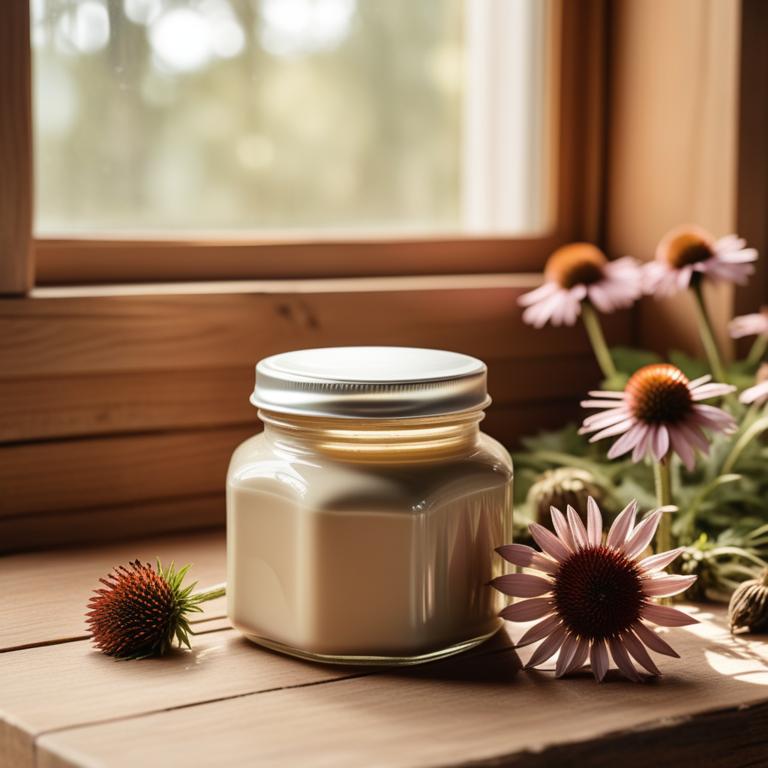
Echinacea purpurea creams have been traditionally used to treat joint stiffness, a common symptom of various musculoskeletal conditions, due to their anti-inflammatory and antioxidant properties.
The bioactive constituents present in these creams, including alkylamides, caffeic acid derivatives, and polysaccharides, help to reduce inflammation and alleviate joint pain.
By topical application, these creams can help to increase blood flow to the affected area, promoting healing and reducing stiffness.
The benefits of using Echinacea purpurea creams to treat joint stiffness include reduced inflammation, improved joint mobility, and a decrease in pain and discomfort.
7. Melaleuca alternifolia creams

Melaleuca alternifolia creams, derived from the Australian tea tree, have been traditionally used to treat joint stiffness due to their anti-inflammatory and antimicrobial properties.
These properties help to reduce swelling and ease pain associated with joint stiffness, while also promoting a healthy environment for tissue repair.
The bioactive constituents of Melaleuca alternifolia, including cineole and terpinen-4-ol, have been shown to have potent anti-inflammatory effects, making them effective in treating joint stiffness.
Regular use of Melaleuca alternifolia creams has been reported to provide relief from joint stiffness, improve range of motion, and reduce the need for pain medication.
8. Capsicum annuum creams
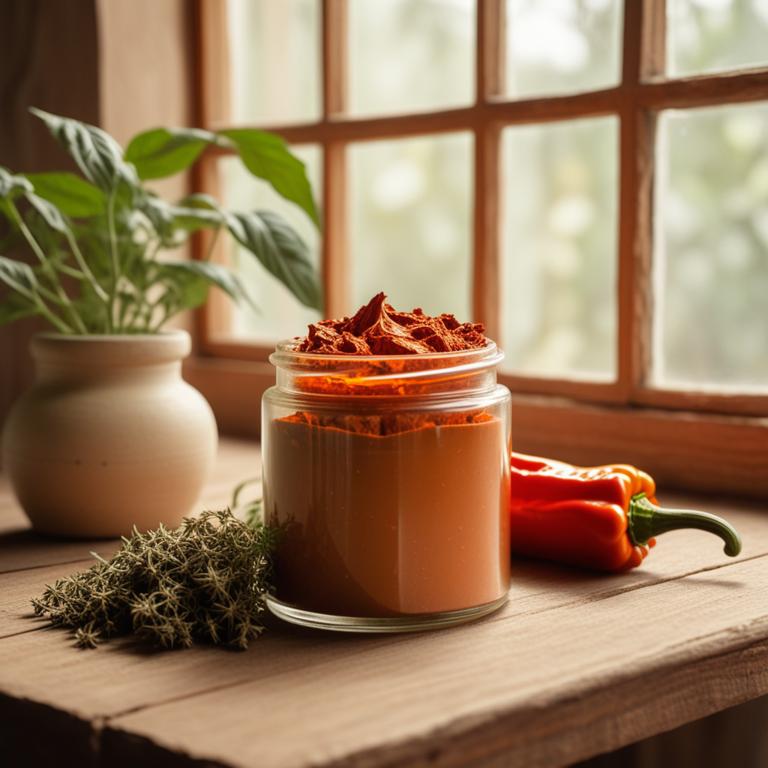
Capsicum annuum creams, derived from the Capsicum annuum plant, have been traditionally used to treat joint stiffness and associated ailments.
The anti-inflammatory and analgesic properties of this herbal preparation help to reduce joint pain and stiffness by inhibiting the production of pro-inflammatory enzymes and blocking the action of pain-producing chemicals in the body.
The bioactive constituents of Capsicum annuum creams, including capsaicin, flavonoids, and carotenoids, play a crucial role in its therapeutic effects, working to reduce inflammation, relax muscles, and improve blood circulation to the affected joints.
Regular use of Capsicum annuum creams has been found to provide relief from joint stiffness and associated symptoms, promoting improved mobility and overall well-being.
9. Glycyrrhiza glabra creams

Glycyrrhiza glabra creams, derived from the roots of the licorice plant, have been used for centuries to treat joint stiffness and other musculoskeletal ailments.
These creams are rich in anti-inflammatory and analgesic properties, which help to reduce pain and swelling in the joints, thereby alleviating stiffness and discomfort.
The bioactive constituents, such as glycyrrhizin, flavonoids, and saponins, in Glycyrrhiza glabra creams inhibit the production of pro-inflammatory enzymes, reduce oxidative stress, and promote the repair of damaged tissues, ultimately leading to improved joint mobility and function.
The benefits of using Glycyrrhiza glabra creams to treat joint stiffness include reduced pain and inflammation, improved range of motion, and enhanced overall quality of life, making it a popular natural remedy for individuals seeking alternative solutions to traditional medications.
10. Panax ginseng creams
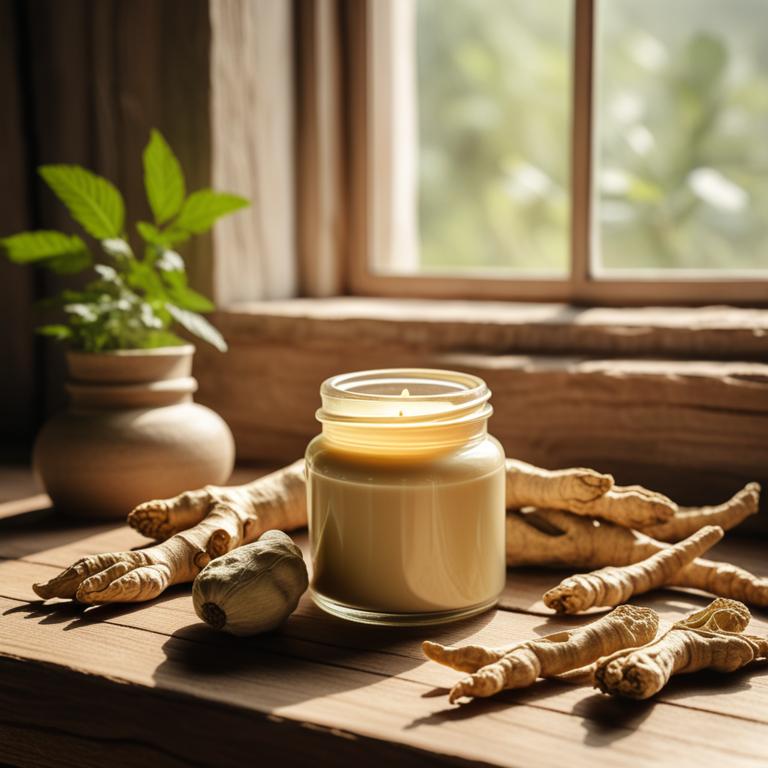
Panax ginseng creams have gained popularity for their potential to treat joint stiffness, a common ailment affecting millions worldwide.
The properties of Panax ginseng creams that help to treat this ailment include their anti-inflammatory and antioxidant properties, which help to reduce inflammation and promote healing in the affected joints.
The bioactive constituents of Panax ginseng creams, such as ginsenosides, play a crucial role in treating joint stiffness by inhibiting the production of pro-inflammatory mediators and promoting the production of anti-inflammatory cytokines.
Regular use of Panax ginseng creams has been shown to provide benefits such as improved joint mobility, reduced pain, and enhanced overall quality of life, making it a promising natural remedy for treating joint stiffness.
11. Equisetum arvense creams
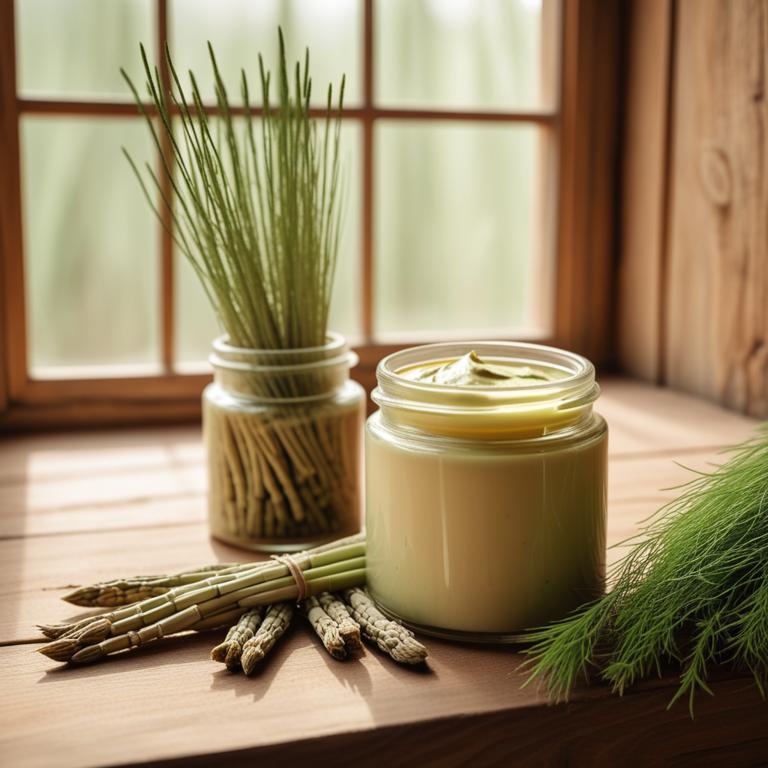
Equisetum arvense creams are a traditional herbal preparation used to treat joint stiffness and related ailments.
The anti-inflammatory and analgesic properties of this herbal preparation help to reduce swelling and relieve pain associated with joint stiffness.
The bioactive constituents, including flavonoids and coumarins, in Equisetum arvense creams are known to inhibit the production of pro-inflammatory enzymes, thereby reducing inflammation and promoting joint mobility.
Regular use of Equisetum arvense creams has been found to provide relief from joint stiffness, improve flexibility, and reduce the risk of further joint damage, making it a beneficial treatment option for individuals suffering from this condition.